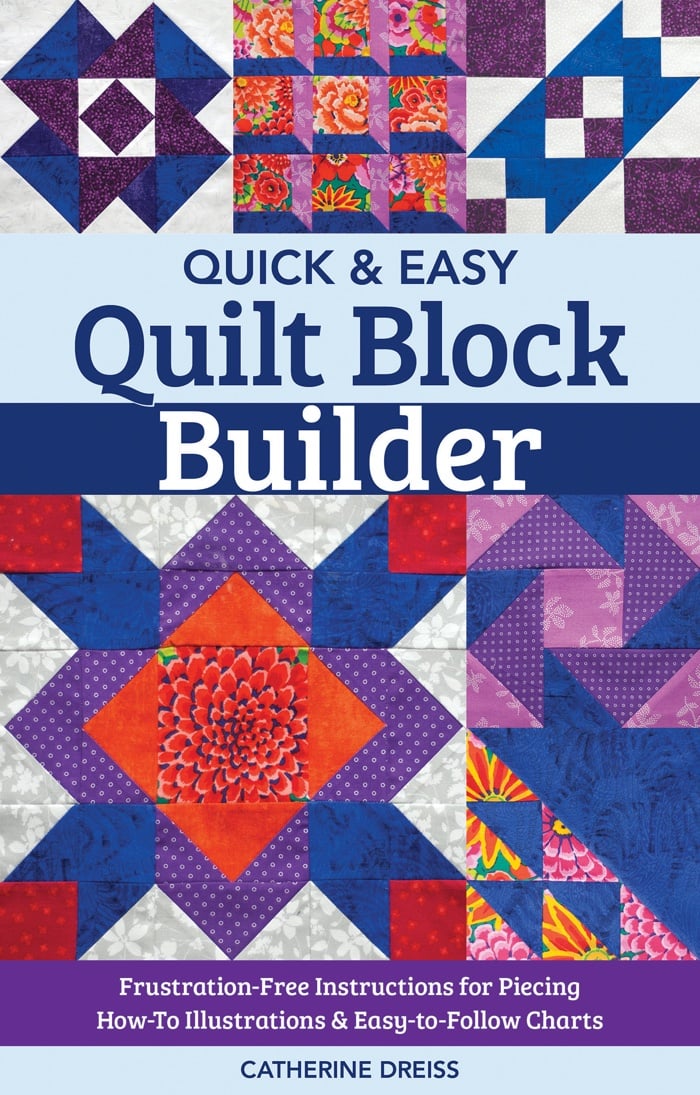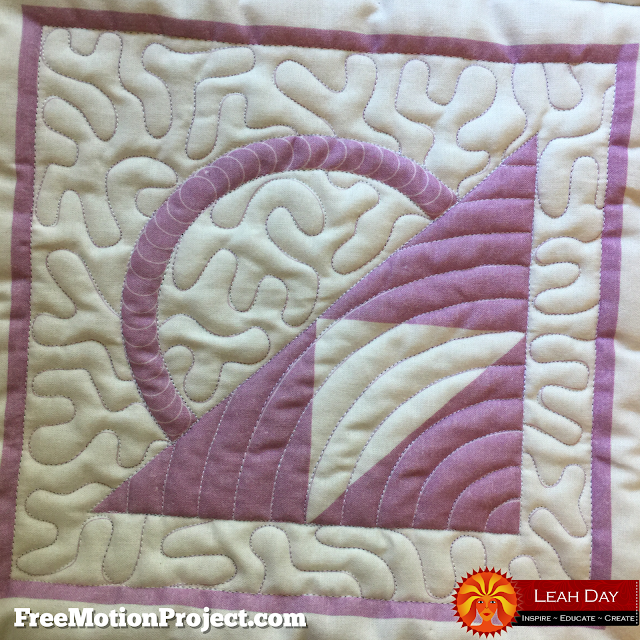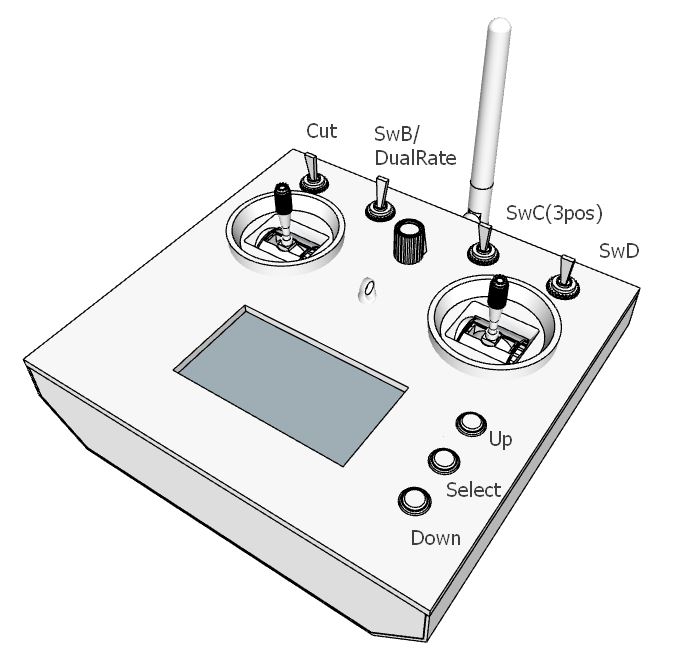
Loom knitting allows you to make stunning handmade items. You don't need to use needles. Instead, you can weave the yarn on your loom by hand. So that you can get started, the loom usually comes with knitting hooks. To create a knit row, wrap the yarn around each end of the peg twice. You can finish a loop by wrapping the yarn around each peg twice. Then, lift the next loop over the last peg to start a new loop. You can also use loom knitting to make traditional purl stitches and loom-knitting-exclusive stitches. You can also use cast-on or bind-off techniques.
The basics of loom knitting
Loom knitting can be a great way of creating knitted fabric with an even pattern. It is very similar to knitting using knitting needles. However, knitting with a loom makes it easier and faster. You can clearly see the stitches with a loom, which is much easier than using regular needles. Here are some tips on how to loom knit if you are interested.
Before you begin, make sure that you have space on your couch, a pair of scissors, and a loom. You will want to begin slowly and work at your own pace. Once you have your loom set up and your yarn, you will want to learn how slip knots are made. This knot holds the yarn to the loom. After a few practice runs, you can start to make cables and mitered squares.

Types of looms
Looms can be used for knitting. They make the process faster and more enjoyable. Looms can be either rectangular or circular and have many historical names. While looms were invented in the 16th century and have been used for centuries, their modern names are more recent. Knitting and crochet looms evolved from the traditional finger knitting method used in medieval Europe. Initially, knitters used small spool-style knitting looms to create long pieces of cord.
There are many sizes of looms available. Make sure you know the exact dimensions of the project that you're making with your loom. A circle loom, also known by the hat loom or hat loom can be used to create panels for baby blankets, scarves, and other items. Some looms have a peg at the center that holds the yarn and helps prevent it from unravelling.
Stockinette stitch
Stockinette Stitch is the basic knitting stitch for loom knitting. Learning this stitch is quick and easy. This stitch wraps around either the end or open pins. All pins must have a loop on the end. The stitch should form a "U" shape and be loose. This stitch is also called "L" stitch. It can also be used to create sweaters, caps, and other garments.
This stitch is perfect if you want to make a hat that has a ribbed effect. To create beautiful ridges, you can use ewrap and purl stitches on every row. This will result in a medium-weave texture fabric. This stitch is not as well-known as the Stockinette, but it's the easiest to master.

Pennant banner
The classic pennant flag banner is a great party decoration. Your pennant can be made in the colors you choose for your birthday or sports team, or customized with your own design. You can make it small or large, and you can continue making it for as many years as you wish. These party decorations are easy to make using loom knitting.
You can create different types of items using the loom's loom by creating layers of yarn. These include scarves and caps, coasters, and stuffed animals. These products can be used as gifts or additions to your home. These beautiful gifts will be a great addition to your home, whether you make them for yourself or others. The versatility of these knitting looms is easy to use with minimal to no training.
FAQ
What are good hobby ideas?
The best hobbies are those that you enjoy doing for yourself. If you love what you do then you'll find it much easier to keep going. It will also be easier to find a reason to stop feeling tired or sick.
Hobbies that we all know and love include gardening, painting and crafts, photography, cooking, sports and games, reading, music, film-making, collecting, cycling, walking, dancing, writing, playing instruments, etc.
You might also consider volunteering at a local charity shop or animal shelter, children’s hospital, hospice, elderly home, school, community centre, church, and other places.
You might be looking for something more adventurous. Try scuba diving, rock climbing or parasailing.
There are many ways to enjoy nature, even if you don't want to travel far. These include caving.
What does a hobby cost?
A hobby costs nothing but time. If you are serious about your hobby it could take years before you achieve your goals.
But there is one thing that can help you. It's called passion'. Passion will help you put in the effort to succeed.
Once you put in the hours, you might find yourself addicted to the activity. Here is the fun part! Because you are enjoying what you are doing and are constantly improving. You'll probably see a substantial improvement by the end.
Don't be too concerned about how long it takes. Don't be afraid to try. You might be surprised at the results!
What are some ideas for hobbies?
Hobby Ideas that are great for people who enjoy teaching others.
Hobbies are great ways to spend time doing what you enjoy while learning something new at the same time.
While there are many types of hobbies available, most share the same characteristics. They're usually fun activities that require little effort and cost money.
They also tend to involve working with others, whether teaching someone how to play an instrument or helping them build a model airplane.
Even though you might not think of yourself to be a teacher or a tutor, chances are there are things you can do that could help someone else.
If you're looking for more creativity in your life, think about starting a hobby so you can share your talents with others.
What are educational hobbies?
An educational hobby involves a sport or other activity where you can learn something from doing it. This could include anything from learning to play an instrument to playing sports.
You should have fun with it. You don’t have to do it constantly, but you should consider what other activities you could be engaging in instead.
These activities could end up costing you far more than what you pay for.
Statistics
- This 100% accurate personality-analyzing hobby quiz discovers your passion based on your characteristics. (quizexpo.com)
- 37% Video Games 36% Travel 36% Health and Fitness (quizexpo.com)
- In comparison, men in the “no humor” condition were refused 84.6% of the time and were only accepted 15.4% of the time. (time.com)
- The Role of the Mind in Sex, Dating, and Love: Men in the “humor” condition received phone numbers from 42.9% of the female participants and were refused 57.1% of the time. (time.com)
- Much of this decline reflects the fact that teens are less likely to work today than in the past; among employed teens, the amount of time spent working is not much different now than it was around 2005. (pewresearch.org)
External Links
How To
How to Learn a Musical Instrument
There are many ways you can learn to play music. There are many options. You can go to school, purchase a book, learn from an instructor, or watch videos online. These are just a few tips and tricks to help you get started if you're determined to make your own path.
-
Find something that interests and you. Try another instrument if you don't love any of the ones you see. It's difficult to take up a hobby if you don’t love playing the instrument.
-
Be patient. It takes time to learn anything new. Expect to not be able master all things immediately. Instead, you should continue practicing every day.
-
You should practice often. You can do this even when it is hard. This will ensure you don't forget what lessons you have just learned.
-
You should choose a comfortable place to practice. A quiet room where you won't disturb anyone else is ideal. Also, make sure that there aren't too many distractions. For example, avoid having loud music playing nearby.
-
Have fun. Music is meant for enjoyment. So make sure that you always have fun while practicing. Enjoying yourself will motivate you to continue going at it.
-
Set goals. Set goals. You'll know exactly what you must achieve. Failure is not an option.
-
Keep track of how you are doing. List all of your successes as well as your failures. You will be able to improve your skills over time by writing down all of your achievements and failures.
-
Take breaks. Sometimes all it takes is to take a breather. Taking breaks can give you the time to think.
-
Ask questions. Ask others if there are any doubts or questions regarding the instrument. They might be able to assist you.
-
Listening is the best way to learn. Musicians often listen to music they like and try to imitate it. This helps them understand basic concepts behind the song.
-
Read books. You will learn more from reading books than you can by watching videos or attending classes. Books can also provide information that is not available elsewhere.
-
You can join a band. Playing with others forces you to practice more. Plus, you will meet people who share similar interests as yours.
-
Learn from tutorials. Tutorials are brief videos that cover a variety of topics in great detail. Tutorials are short videos that focus on one part of the instrument. Watching tutorials can help you understand difficult parts of the instrument.
-
Try different methods. Some people learn best by reading, while others prefer lectures. Keep trying until you find your preferred method.
-
Practice makes perfect. It is not possible to become an expert overnight. Instead, it takes time and effort to become proficient enough for you to succeed.
-
Get along with other musicians. You can learn faster by listening to other musicians play your favorite songs.